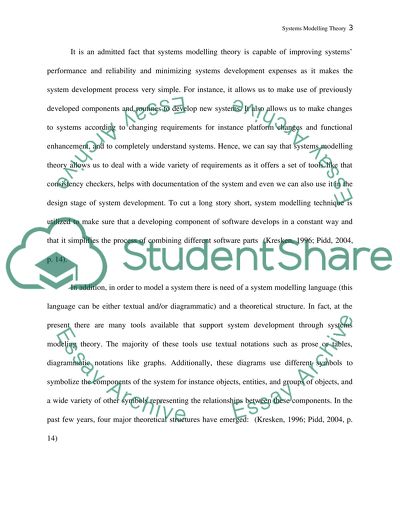Cite this document
(“Systems modelling theory Essay Example | Topics and Well Written Essays - 1000 words”, n.d.)
Retrieved from https://studentshare.org/information-technology/1467253-systems-modelling-theory
Retrieved from https://studentshare.org/information-technology/1467253-systems-modelling-theory
(Systems Modelling Theory Essay Example | Topics and Well Written Essays - 1000 Words)
https://studentshare.org/information-technology/1467253-systems-modelling-theory.
https://studentshare.org/information-technology/1467253-systems-modelling-theory.
“Systems Modelling Theory Essay Example | Topics and Well Written Essays - 1000 Words”, n.d. https://studentshare.org/information-technology/1467253-systems-modelling-theory.


